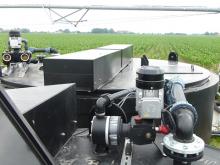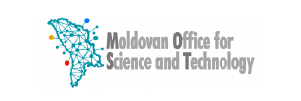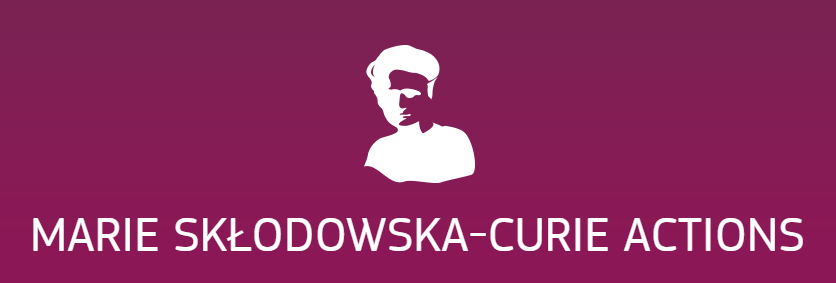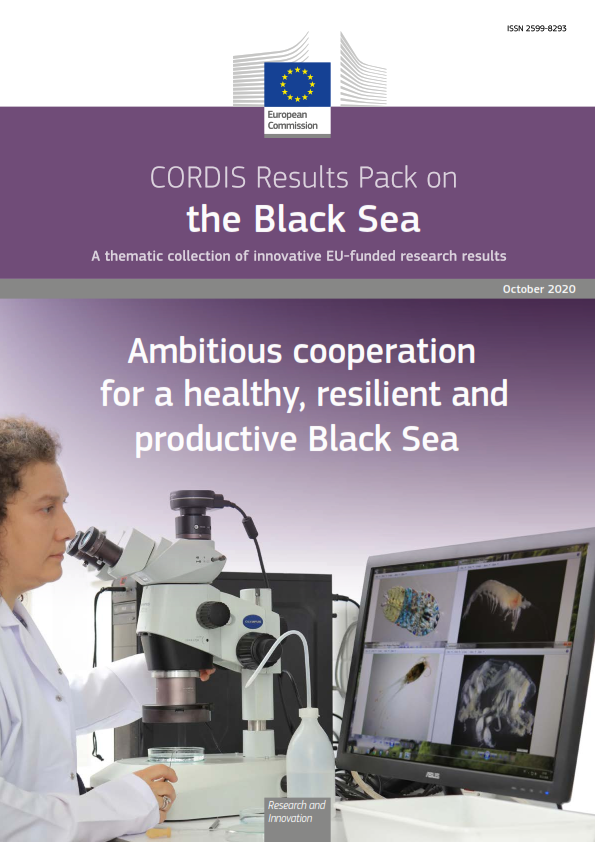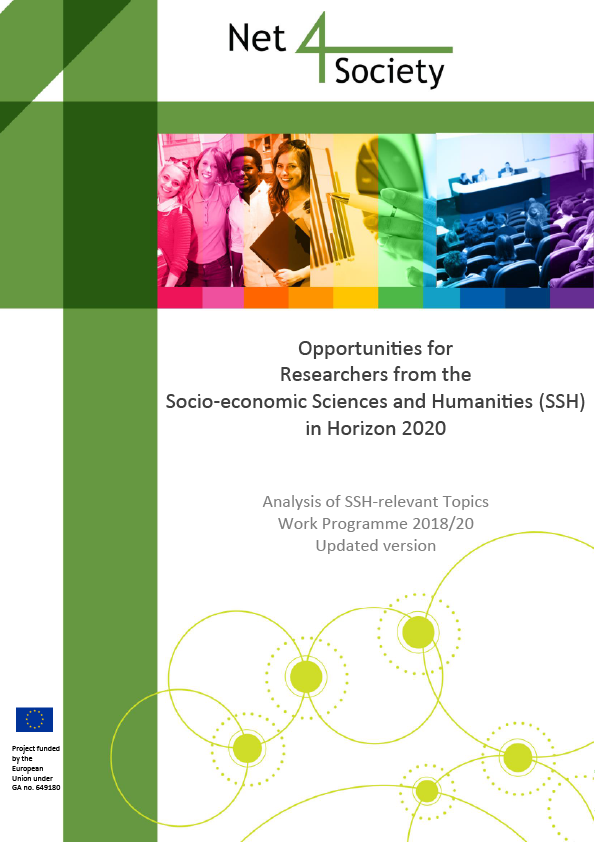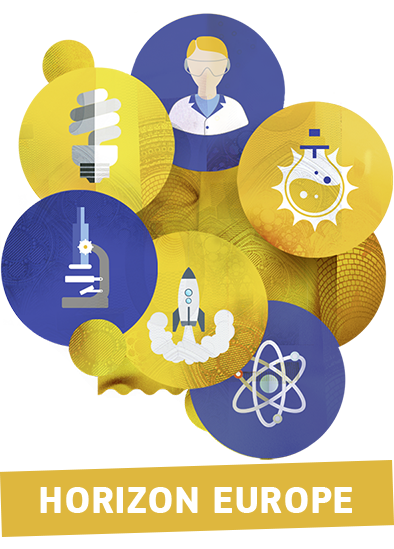EU-funded researchers have developed an automated prototype to help farmers monitor and control the amount of water and fertiliser they need for their crops. It has already been successfully tested on 25 hectares of land , and the SMEs involved are making commercialisation plans - there is currently no such system on the market.
The OPTIFERT project has built a prototype comprising a soil sensor and software, as well as a dosing and mixing unit. Combined, these technologies allow the farmer to take a soil sample and, process it, obtaining the information needed for dosing and mixing water and fertiliser in the right quantities for each growth stage of each crop.
The system allows farmers to fertilise and irrigate their fields, taking into account continuous real-time monitoring of atmospheric conditions and the needs of both plants and soil.
In a single run lasting less thanes, phosp two minutes, the soil sensor measures the levels of nitrathates, potassium and ammonia in the soil. This data is processed by a software programme that calculates how much fertiliser and water is needed for each crop. A mixing and dosing unit located in the field is then attached to a standard irrigation system, making automated and precise 'fertigation' (using both water and fertiliser) possible. Farmers save time as they are able to control the system from a computer.
More than nine million farmers in Europe use irrigation systems of various kinds to water some 188 000 km2 of land. This is the equivalent to the surface area of Portugal and Hungary combined. Most of these sprinklers do not take account of demand. Water is therefore wasted and fertiliser washed away, in some cases polluting the soil and groundwater.
Download: http://ec.europa.eu/research/infocentre/article_en.cfm?id=/research/head...


